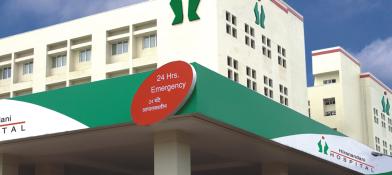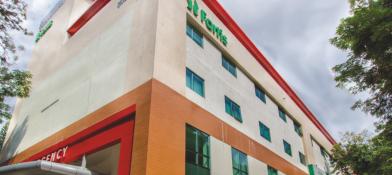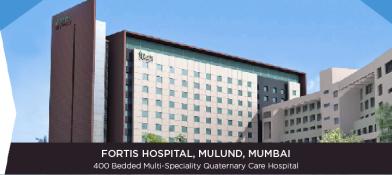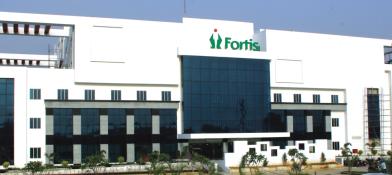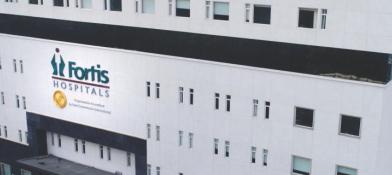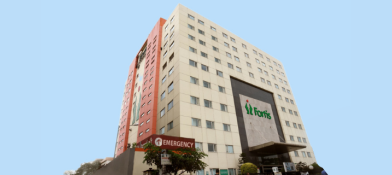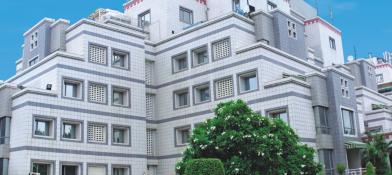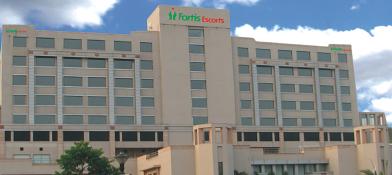Chemical Peel
What is a Chemical Peel?
A chemical peel, also referred to as chemexfoliation or dermapeeling, utilizes a chemical solution to enhance skin appearance. The solution is applied to the skin during this procedure, inducing controlled injury to its layers. As a result, the outer skin layers peel off, revealing rejuvenated skin. Generally, the new skin appears smoother with reduced lines and wrinkles, improved color evenness, and enhanced brightness.
What Conditions does a Chemical Peel Treat?
Chemical peels address several skin concerns and aim to enhance skin tone as well as texture. Mainly performed on the face, neck, or hands, they can effectively target:
- Fine lines surrounding the eyes or mouth, wrinkles from sun damage, aging, or hereditary factors.
- Certain types of acne.
- Mild scarring.
- Sunspots, age spots, liver spots, freckles, as well as uneven skin tone.
- Precancerous actinic keratosis patches.
- Rough skin, scaly patches, and dull complexion.
- Melasma (dark patches) resulting from pregnancy or oral contraceptives.
The depth of the peel is assessed collaboratively with a dermatologist, considering the individual's skin condition and treatment goals.
However, severe issues such as deep scars, facial lines, and wrinkles may not respond adequately to chemical peels. In such cases, a dermatologic surgeon may suggest alternative cosmetic procedures such as carbon dioxide laser resurfacing, facelifts, brow lifts, eye lifts, or soft tissue fillers for optimal results.
How are Chemical Peels Performed?
Chemical peels can be administered in a doctor's office or at a surgery center on an outpatient basis. Before the procedure, the individual’s skin is cleansed thoroughly to remove excess oils and protective measures are taken for the individual's eyes and hair. Subsequently, a chemical solution is applied to the skin. Commonly utilized chemical solutions comprise glycolic acid, trichloroacetic acid, salicylic acid, lactic acid, or phenol (carbolic acid). These chemicals induce controlled injury, each penetrating to a distinct skin depth before peeling away to unveil a fresh layer.
The selection of chemical solutions relies on the individual's desired outcomes, and they need to collaborate with dermatologists to determine the appropriate depth for peel.
A lunchtime chemical peel offers gradual enhancement over time and is often administered in several sessions. It works on the outermost layer of the skin (epidermis), effectively removing it. This option is ideal for addressing issues like fine wrinkles, acne, irregular skin tone, and dry, sun-damaged skin, promoting a healthy radiance. Recovery from this peel typically ranges from a few hours to several days, with minimal to no downtime.
A medium chemical peel delivers a smooth, rejuvenated appearance by removing the middle skin layer's outermost layer and the upper portion. It's recommended for addressing moderate skin discoloration, age spots, acne scars, and fine-to-moderate wrinkles. Recovery may take seven days or longer, requiring some downtime.
For a deep chemical peel, which produces the most dramatic results, the chemical penetrates down to the lower middle layer of the skin. This option is relevant for addressing moderate to severe lines along with wrinkles, extensive sun damage, deep acne scars, blotchy skin, as well as precancerous growths. However, it necessitates pretreatment for up to eight weeks and entails significant downtime. Generally, a deep chemical peel is a one-time treatment when applied to the face.
Preparation for a chemical peel comprises avoiding tanning along with direct sun exposure for at least 14 days prior to each session, applying topical products as instructed, and refraining from using retinoids for one to two weeks before treatment unless advised otherwise by a physician. If prescribed, oral antibiotics or antiviral medication should be started at least 24 hours prior to the peel. Additionally, the areas to be treated must be free of any sort of open sores, lesions, or skin infections.
On the day of the peel, individual's skin will be thoroughly cleansed. For a deep chemical peel, general anesthesia will be administered, causing him/her to fall asleep.
During the procedure, a solution is applied to individual's skin, often resulting in a warm to hot sensation followed by a stinging feeling. A cool compress may be applied to alleviate the sting. Subsequently, the chemical is washed off and/or neutralized.
Benefits of Chemical Peels
- Enhanced Skin Texture: Chemical peels exfoliate the skin, smoothing out rough patches and refining the skin's texture.
- Even Skin Tone: Peels can aid fading hyperpigmentation, sunspots, and acne scars, leading to a more even complexion.
- Stimulated Collagen Production: Exfoliation stimulates collagen synthesis, promoting firmer, more youthful-looking skin.
- Acne Control: Peels can unclog pores, lessen acne breakouts, as well as reduce the appearance of acne scars.
- Enhanced Product Absorption: By taking out dead skin cells, peels permit skincare products to penetrate more effectively, maximizing their benefits.
Risks and Considerations
While chemical peels provide an array of benefits, they are not without risks.
Potent side effects comprise:
Redness and Irritation: Temporarily, redness and irritation are normal post-treatment reactions, especially with medium and deep peels.
Hyperpigmentation: Inappropriate usage or improper aftercare can lead to hyperpigmentation, particularly in the case of individuals with darker skin tones.
Infection: Deep peels carry a higher risk of infection, requiring meticulous post-treatment care to prevent complications.
Scarring: Improper application or aggressive peeling can result in scarring, particularly with deep peels.
In a nutshell, chemical peels offer a powerful solution for achieving smoother, brighter, and more youthful-looking skin. By understanding the science behind these treatments, exploring the different types available, and weighing the benefits against the risks, individuals can take informed decisions to enhance skincare routine. One must remember to consult with a qualified dermatologist or skincare professional to assess the most suitable peel for individual requirements, ensuring safe and effective results.







